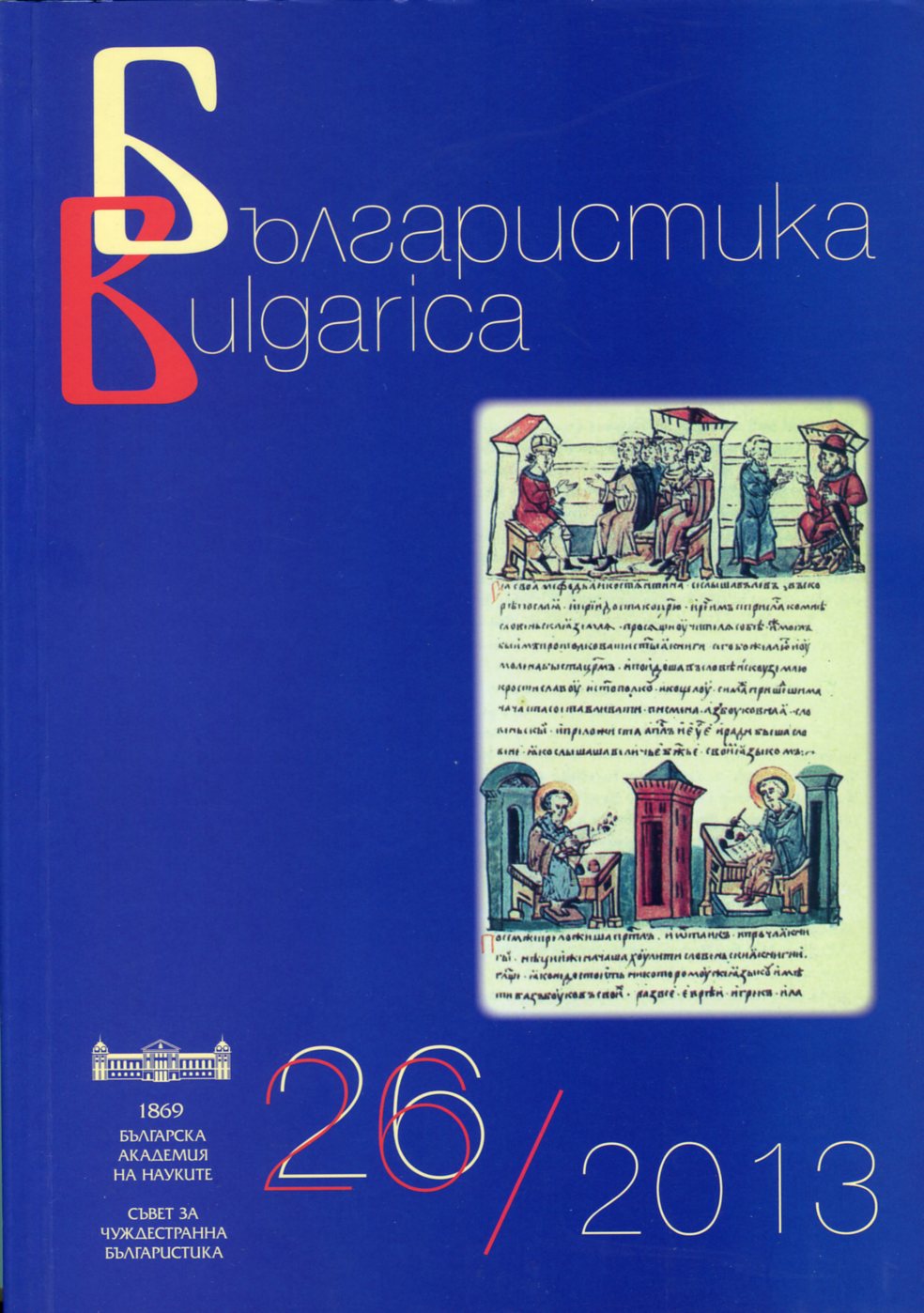
We kindly inform you that, as long as the subject affiliation of our 300.000+ articles is in progress, you might get unsufficient or no results on your third level or second level search. In this case, please broaden your search criteria.

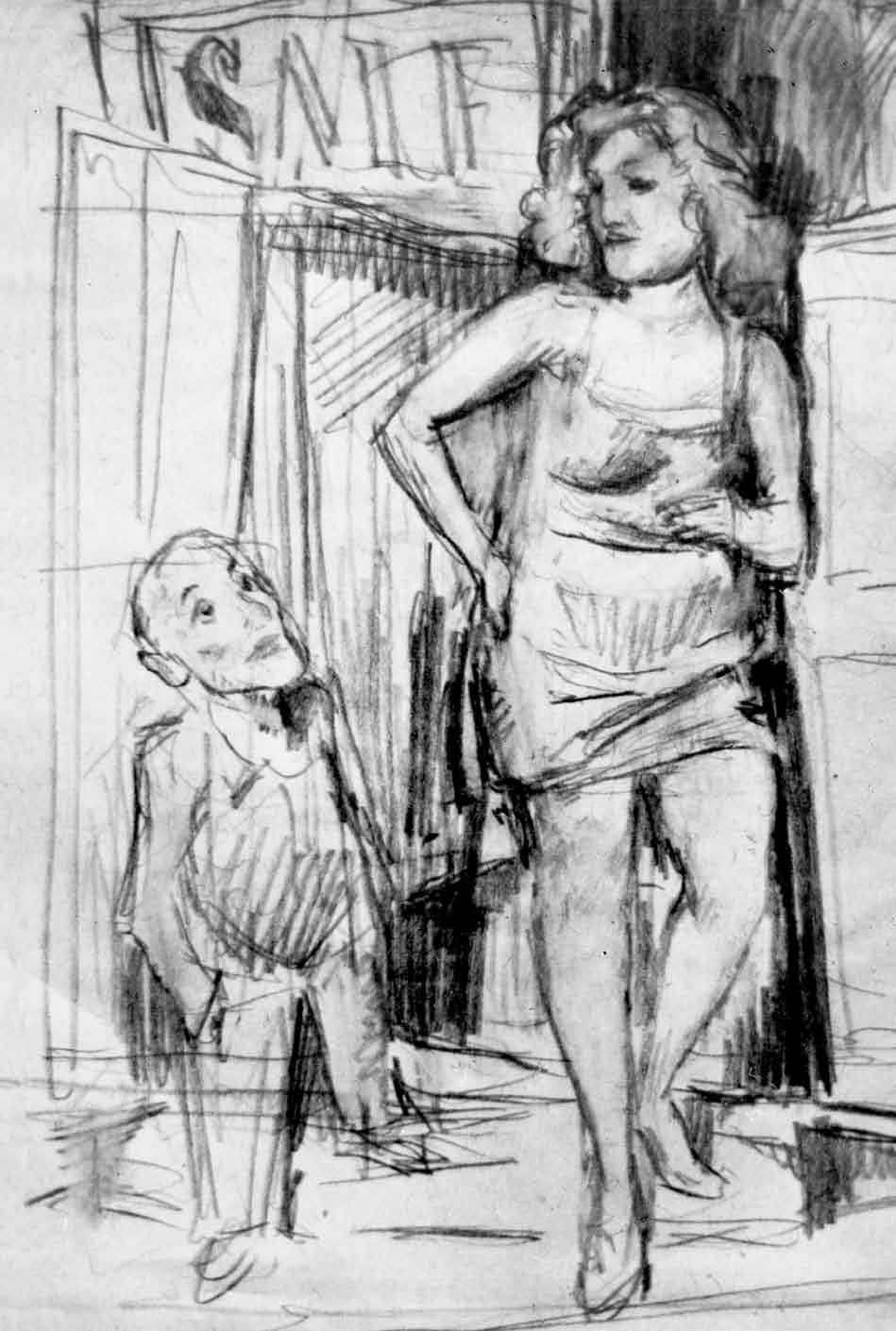
When one compares the lots of two great European authors of the first half of the 20thcentury – the German poet Gottfried Benn (1886–1956) and the Polish-Jewish fiction writer Bruno Schulz (1892–1942) – at first sight their lives seem quite different and incomparable. Still, it is enough to reach under the surface of the so-called historical facts to realize that in some respects the two writers are indeed close to each other. Asregards politics and history, a common denominator of their biographies was Nazism as an emanation of pure evil from provincial East-Central Europe, and its belief that human nature may be improved which the historical process makes it possible to develop great geopolitical systems, even at the cost of suspending all ethical principles. A starting point for that daemonic parochial activism is mostly the “provincial spirit of utopia” or,to be precise, its irresistible “realistic nihilism,” to borrow a term coined by the Serbian philosopher Radomir Konstantinovic.
More...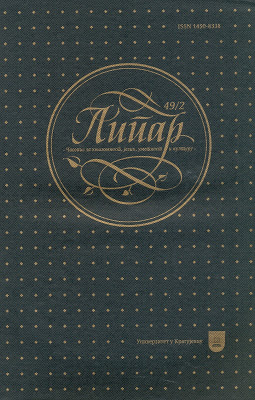
The present paper strives to analyse the works and ideas of three authors F. M. Dostoevsky („Legend of the Grand Inquisitor“), Simone Weil (The Need for Roots), and Stojan Steve Tesich (On the open road) in the light of their struggle for reviving man’s primordial forms of conscience and consciousness which will help humanity regain ability to resist religious and ethical mutations of the present era. These authors believe that the official religious institutions of Christian church, having cast away Christ’s gospel of brotherly love, have sided with “Him”, (as voiced and testified by Dostoevsky’s Grand Inquisitor) the Satan himself, who tempted Christ in the desert by offering him rule over “kingdom of earth” in exchange for Christ’s submission. Scientific humanism coupled with Christianity’s betrayal of eternal values posited by Christ has stripped man naked of the religious context which gave his life meaning, leaving him/her free falling in the abyss of nihilism. Weil suggests, which is one of her major ideas in The need for Roots, that the cure to the moral plight of modern European humanity resides in its ability to bring back “the spirit of truth”, love and grace into modern Christianity, which is in its present state devoid of these evangelical virtues. Weil and Dostoevsky’s ideas are shared by Steve Tesich, a Serbian-American screenwriter, playwright and novelist, whose play On the open road is based on Dostoevsky’s „Legend of the Grand Inquisitor“.
More...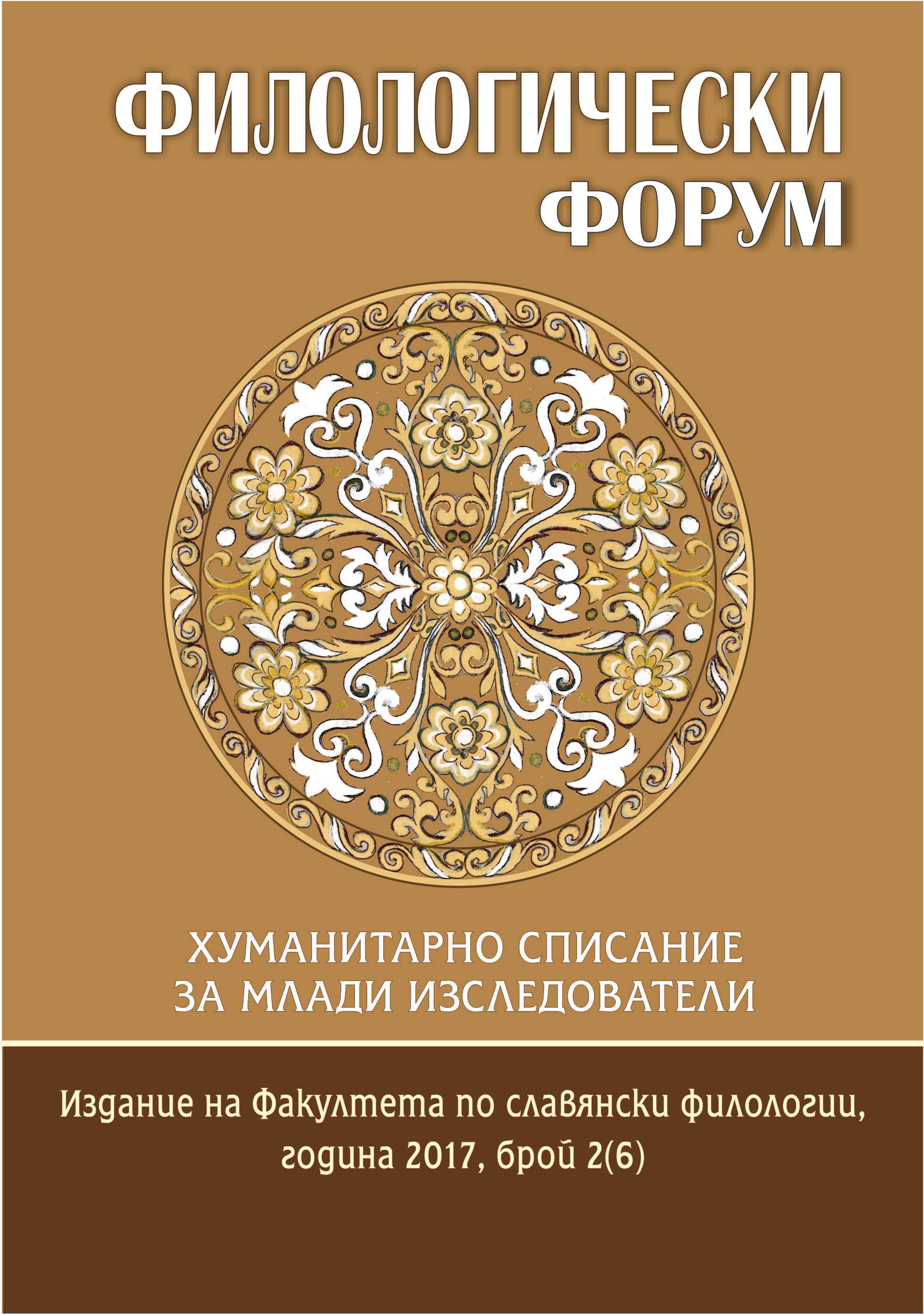
In the article, I focus on the biblical quotes and allusions used in by Grеgory Tsamblak’s two services. In the service for St. King Stephen Uroš III (of Dečani) mostly Old Testament biblical quotes prevail, while in the service for St. John the New of Suceava, Tsamblak used mostly New Testament biblical quotes.
More...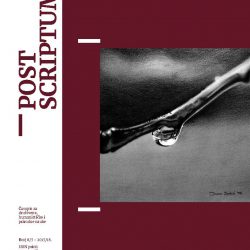
The aim of this paper was to determine the frequency, the role, as well as creativity in the use of idioms in Ćopić’s literary works. The analysis focuses on two works, Doživljaji Nikoletine Bursaća and Ne tuguj, bronzana stražo, whereby it can be concluded that Ćopić’s writing style incorporates a large number of idioms used to express linguistic creativity. Only the group prostor/space, položaj/position, forma/form were considered. The excerpted examples were analyzed at three levels: morphosyntactic, semantic and communicative-pragmatic levels. The analysis is comparative, i. e. includes examples in the Bosnian/Croatian/Serbian as well as the German language. It can be claimed that the language of Ćopić’s works is very scenic, expressive and rich in various linguistic phenomena; it is excellent way of showing the richness and creativity of B/C/S languages.
More...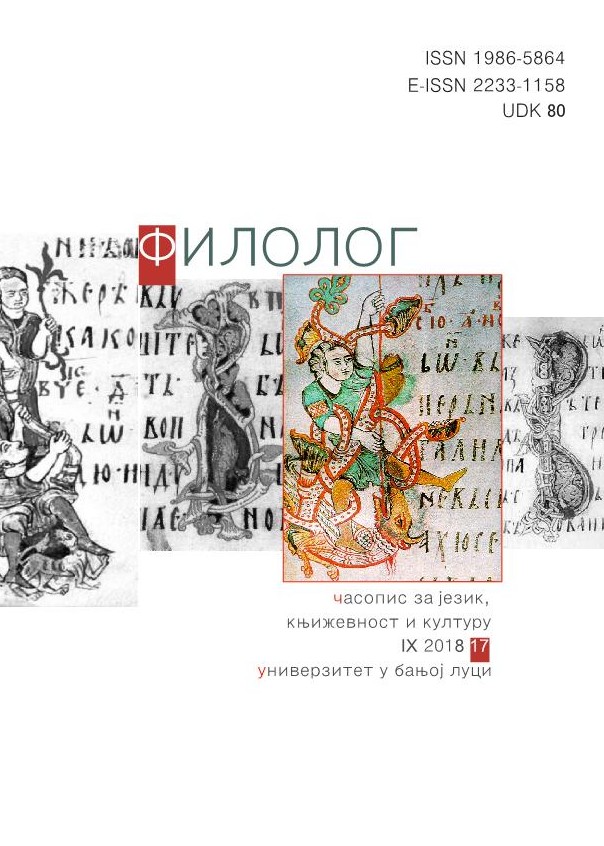
Report on: Naučna konferencija Srbistika danas – Srpska filologija i nacionalno stradanje (Filološki fakultet Univerziteta u Banjoj Luci, 2018).
More...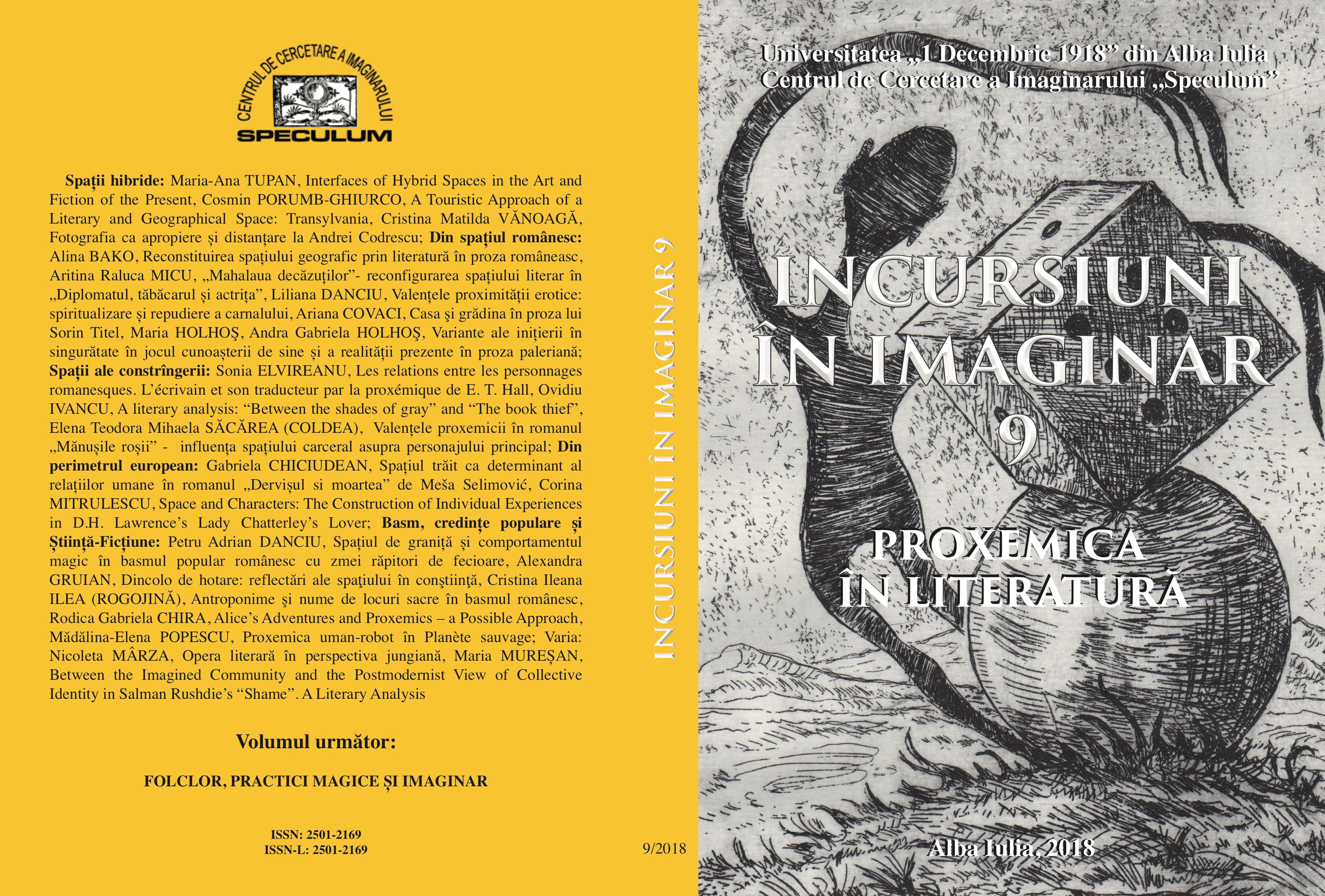
The problematic of space and character has been of constant interest to us and, along the way, we have approached the subject of both space and literary character in different studies. Now we wish to underline the connection existing between the space of the text and the characters of Meša Selimović’s novel, “Death and the Dervish.The idea of proxemics, which deals with the study of the correlations between the two major categories of the literary text, namely the text and the characters, when applied to literature, such a privileged space of the imaginary, serves to prove that, within the text, the characters are self-constructed according to their available playing space, whereas the space has its own specific characteristics and is symbolic only if perceived as such by the same character. Space is a place of experiences, of encountering the other, both in a private and a social setting. Obviously, such an analysis is not exhaustive, it is only one step, but a step that offers possibilities and opens the way towards surprising analyses. We have always been tempted by this subject primarily because the issue of space and time continues to attract and provoke, as proven over the years by the multitude of published works and conferences on the chronotope.
More...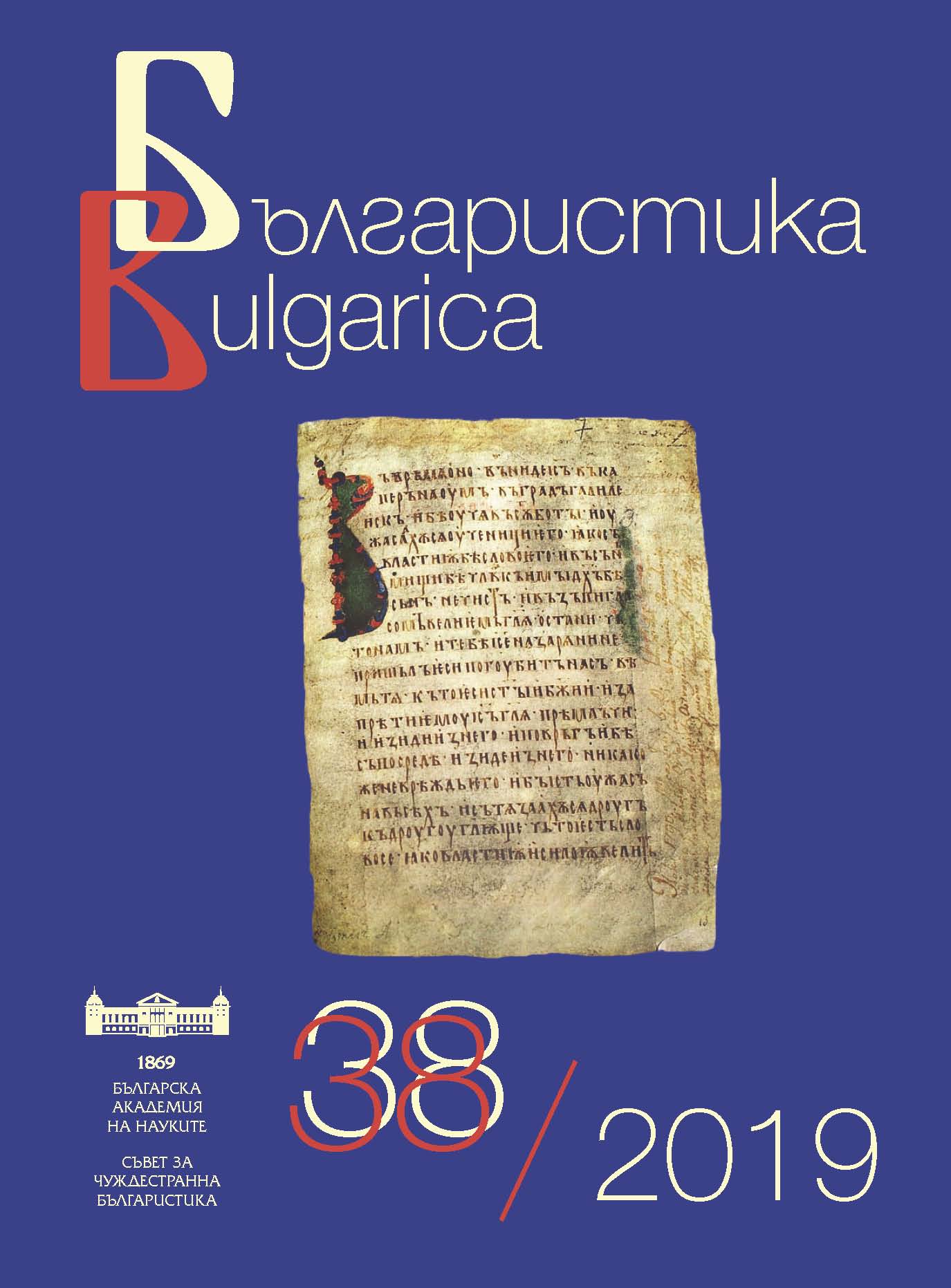
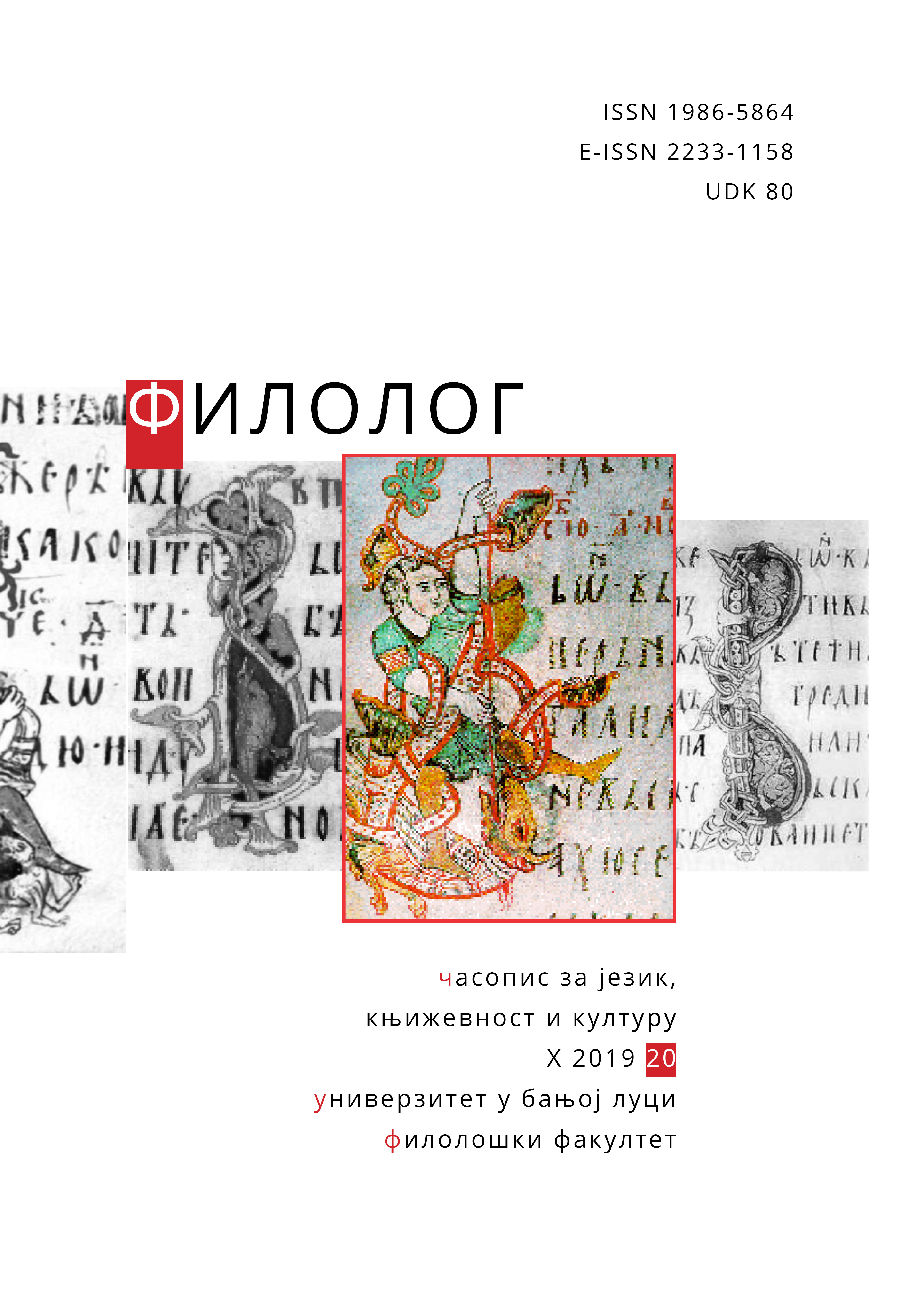
The aim of this paper is to examine the usage of Turkish suffixes in Stevan Stemac’s Zamfirʼs Zona and to show which suffixes are most frequent. Particular emphasis is laid on semantic categorisation of lexemes with Turkish suffixes -cija / -dzija (-ci / -dzi), -lija (-li), -luk, -ana, -basa, -suz and -dzik. On the basis of the analysis conducted, most frequent Turkish suffixes in this novel are -cija / -dzija, -lija and -luk. Suffixes -ana and -suz are detected twice, while suffixes -basa and -dzik are detected once.
More...
An intertextual analysis of Stepanović's novel reveals two things. First, a fruitful influence of Turgenev on the structure of fabula (reunion of friends at the same location) and on the typology of characters (Dragan – Lytvinov, Vojin – Rudin). Secondly, a highly unusual, impressive mixture of Turgenev and Goethe with reference to their respective works of the same title, Faust, providing the two aforementioned encounters of old friends with magic properties. This is achieved in such a manner that the two nocturnal, Mephistopheles-like meetings happen simultaneously, with Stepanović's characters enduring double destiny (Ana = Margareta and Vera Nikolayevna, Vojin = Mephistopheles and Rudin).With regard to its composition and subject matter, Stepanović's novel offers several interesting features. To start with, Mephistopheles' First/ Mother Night, unique and very successfully designed in artistic terms, takes place, intertwined with another night, within Chapters IV and VI, which justifies their central position as regards the novel's overall structure of fourteen chapters. In contrast with that, the protagonists' split lives of the present develop in the respective chapters of VIII, X, and XII. As for the subject matter – Ana and Dragan's unhappy love – it is comprised within the respective Chapters of V, VII, IX, and XI. As a result, events and relations between characters are not portrayed in a linear manner, but mutually intertwined. Yet, the frame, that is, the first and final chapters, which feature the partly ironically depicted character of Milorad Janković, makes sure that the desired unity of the plot, taking the novel in its entirety, is achieved, thus providing us with an open door to indulge in aesthetic delight.
More...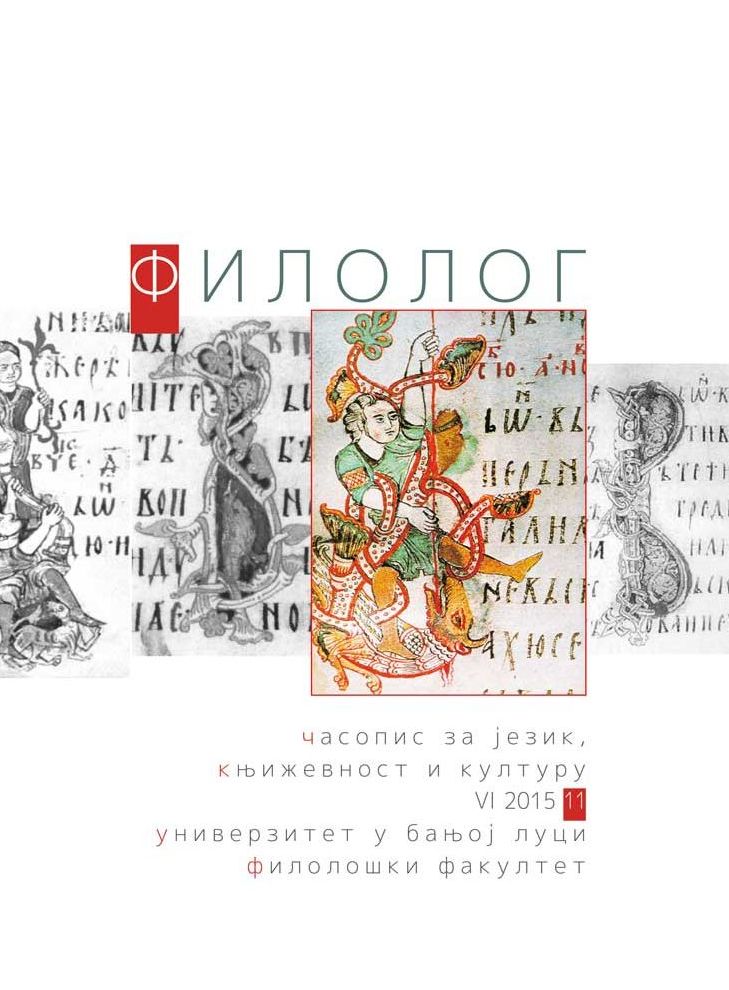
Review of: Bilje u tradicionalnoj kulturi Srba: priručnik folklorne botanike I, II. University pf Novi Sad, Faculty of Philosophy, 2013–2014.
More...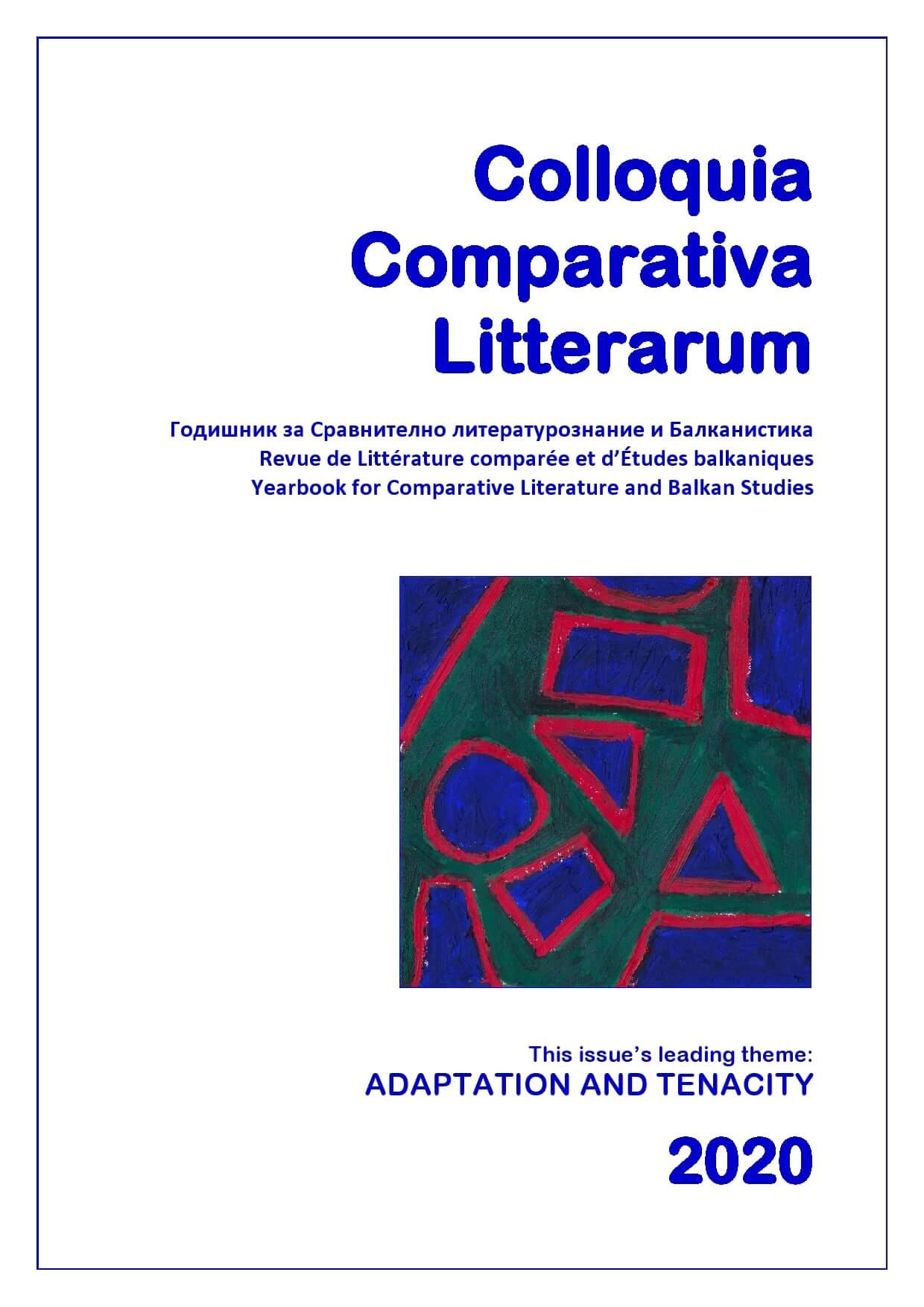
Book review: Miloš Crnjanski, the Slavic Cultural Community and the Dialogue among Slavic Nations. Book review: Valentina Sedefceva. The Slavic theme in the novels by Miloš Crnjanski / Milos Tsernianski.
More...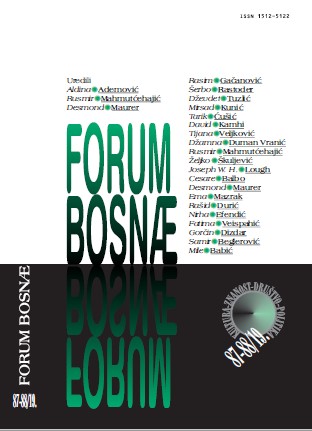
Priča o Parryjevoj zbirci ima prethistoriju. Započinje 1923. godine, kada mladi dvadesetjednogodišnji Milman Parry dolazi na studije u Pariz i sluša predavanja kod poznatog lingviste Antoinea Meilleta. On ga nagovara da se ostavi ispraznoga teoretiziranja i zaroni u živu tradiciju usmenoga pjevanja. Meilletovi stavovi o homerskom pitanju, o formulaičnosti epskoga usmenoga izraza u Ilijadi i Odiseji najvjerovatnije su odigrali presudnu ulogu kod mladog američkog homerologa.
More...
This paper presents examples from three representative mediaeval Bosnian manuscripts dating from the late 14th and early 15th centuries, with a view to identifying the distinctive features of the illuminations, the interpretation of the subject-matter and the context in which they were produced for a patron. The manuscripts in question are the Nikolje Gospels, Hval’s Miscellany, and the Venice Miscellany (hereafter: Nikolje, Hval and Ven.). Hval is the only one to bear an original date in the colophon (summer 1404); it also names the person for whom it was made, Hrvoje Vukčić Hrvatinić (ca.1350-1416), Grand Duke of Bosnia and Duke of Split, Hval the krstjanin, the scribe, and the head of the autocephalous Bosnian Church, djed Radomir. Ven., of which, unlike Hval, neither the colophon nor any marginalia on the authorship of the text or illuminations have survived, is similar in both text and typology of the illuminations.
More...
The article examines the dynamics of the formation of the image of the Slovak community in Vojvodina in Slovak and Serbian political narratives from the 19th century to the present. It focuses on how its differences manifest in the (Czecho-)Slovak and Yugoslav (Serbian) context. The first part of the article explores the nationalising processes among the members of the Slovak community in present-day Vojvodina from the 19th century till the dissolution of the Habsburg Empire. The following parts are devoted to the position of the Slovak minority in Vojvodina in the conditions of the Yugoslav state in the interwar period, as well as its relations with the Czechoslovak Republic. The article also deals with the position of this community during the Second World War, in socialist Yugoslavia and after its dissolution in the early 1990s in the context of inter-state relations, but also the dynamics of intra-ethnic interactions. The paper draws on the symbolic interactionism approach, i.e. the shaping of mutual perceptions along and across ethnic boundaries and through intra-ethnic integration and differentiation practices.
More...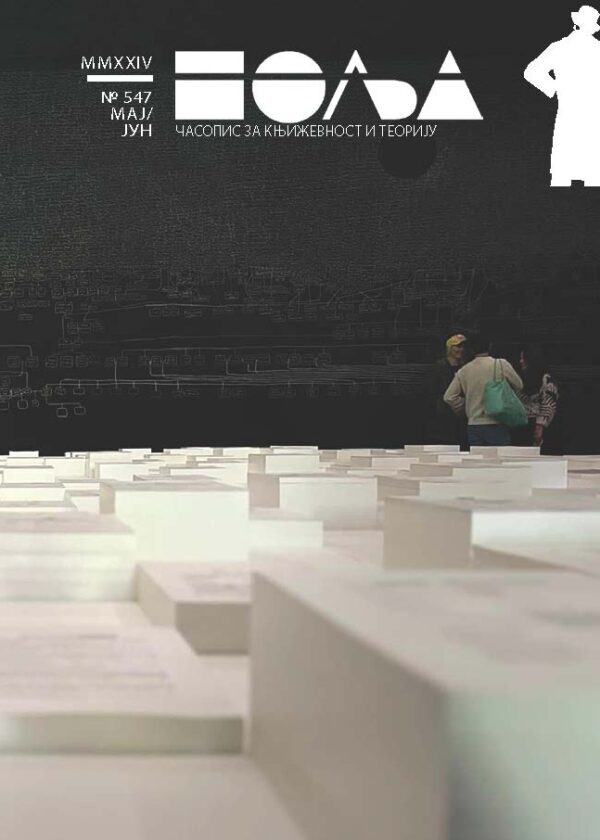
Review of: Marko Nedić: Poetički izazovi i drugi ogledi, Akademska knjiga, Novi Sad, 2023
More...
The subject of this paper is re-examination of the semantics and structure of Borges’ short story The Garden of Forking Paths and Pavić’s novel Unique Item. The aim of the research is to point to the similarity of the abovementioned works through the elements of postmodernist poetics, especially through observation of the topos of labyrinth, the role of dreams and oneiric experience in Pavić’s Unique Item, where the death of opera singer, Disteli, is being resolved through dreams. In Pavić’s novel Unique Item and Borges’ story The Garden of Forking Paths, the labyrinth is both a potential exit and a potential dead end. The novel Unique Item poses a paradoxical question to readers: does а novel with a hundred endings really have a finite end, or is it just a large labyrinth that forks in different paths? The reader has a universal opportunity to choose one path which leads him to a unique ending where he will find a killer, an accomplice or himself.
More...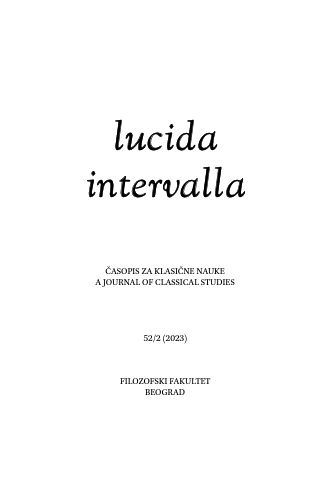
The paper discusses the extent of interventions that would require a new, improved edition of Maretić's fundamental 1924 translation of the ancient Indian Nalopakhyana, The Song of King Nala.
More...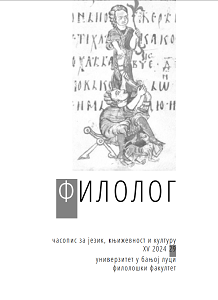
In this research, we present the figure of the artist through the teaching process of Andrić’s literary work “Conversation with Goya” and “Goya”, while correlating Literature and Art as two interdisciplinary school subjects. The first part of the paper refers to the theoretical considerations of the correlation-integration methodology, by analysing the way in which the painter Goya is presented in Literature and Art school textbooks of different publishers. The central part of the research shows the complexity of using the virtual exhibition “Goya: Drawings from the Prado Museum” in the teaching process while following Andrić’s writing and his reception of Goya’s paintings. The last and concluding segment of this paper refers to one possible interpretation of the artist through the discourse of evil – by examining the demon within the artist and the demonic in art.
More...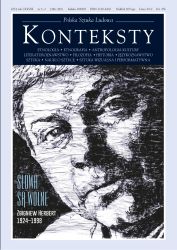
The article is a personal reflection by Charles Simic, who recalls his childhood spent in Belgrade and his later emigration to New York. The author describes his early years, which coincided with World War II, a time when life in Belgrade was dominated by bombings and chaos. Despite the dramatic events, Simic remembers joyful moments of childhood, playing with peers, unaware of the tragedies in the surrounding world. After the war, Simic's family emigrates to the United States, where the author grapples with a new reality, language barriers, and adaptation challenges. Despite initial uncertainties, he finds space for literary creativity in America, particularly in poetry, which becomes his passion. Through years of working in various jobs, Simic develops his poetic work and eventually finds his place in American literature. He also addresses the theme of identity, the influence of the past on his writing, and the role of poetry in an individual's life. His experiences as an immigrant, along with his observations about war and violence, shape his sensitivity and way of perceiving the world. The article reflects on how poetry and literature can respond to the complexity of human experience, as well as the value of discovering truth in both historical and personal contexts.
More...